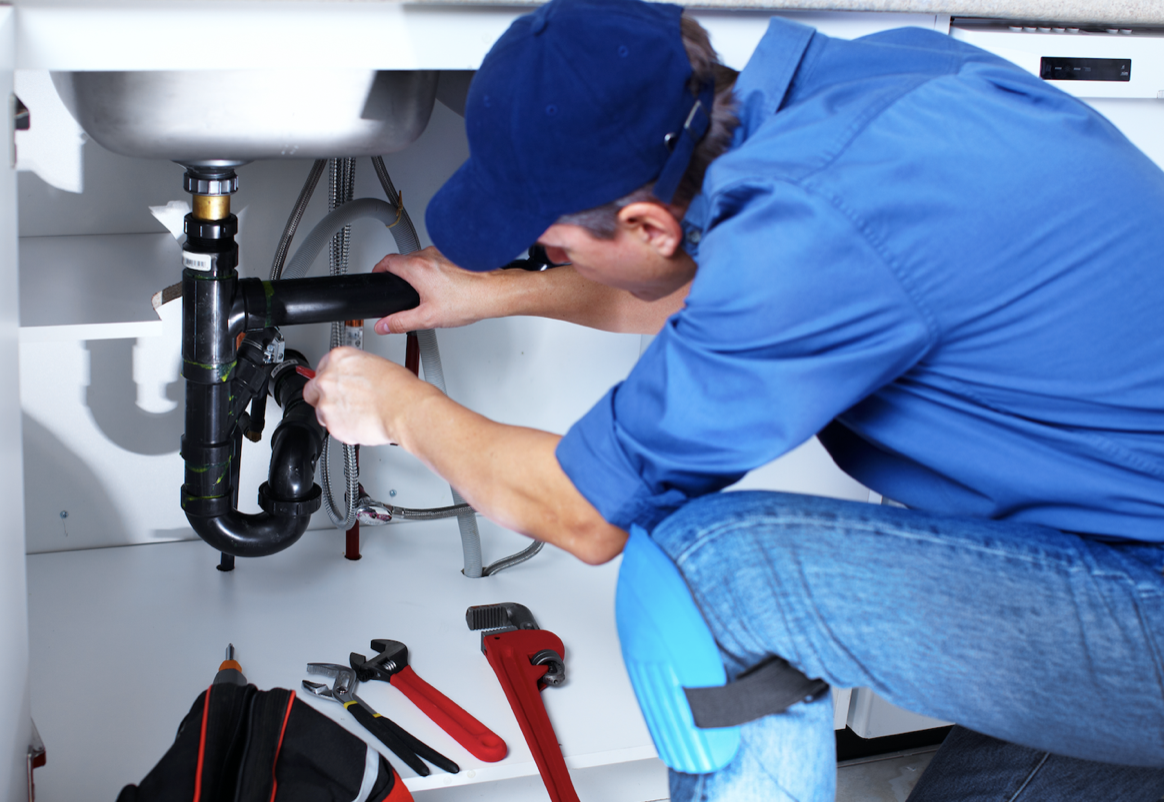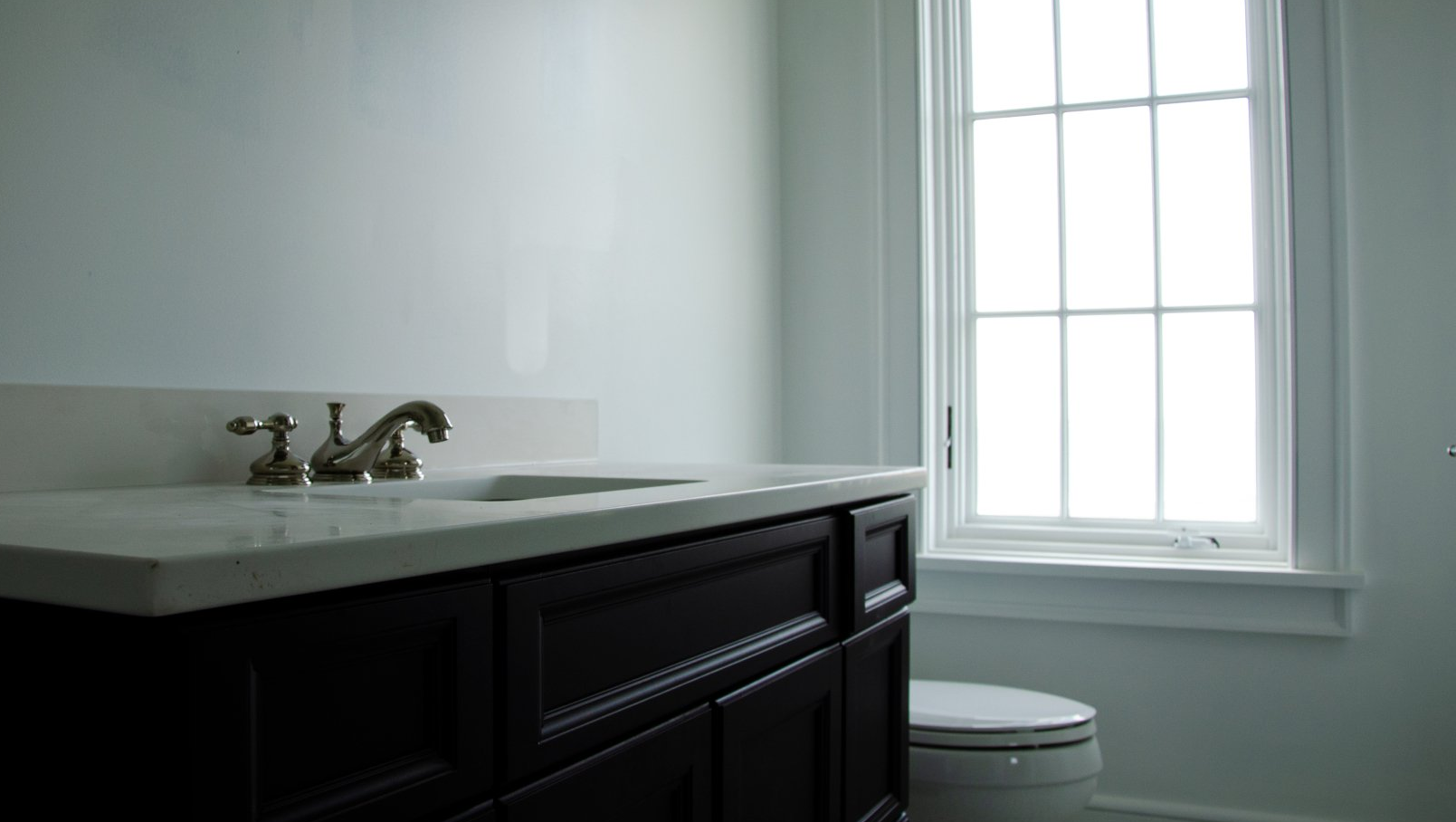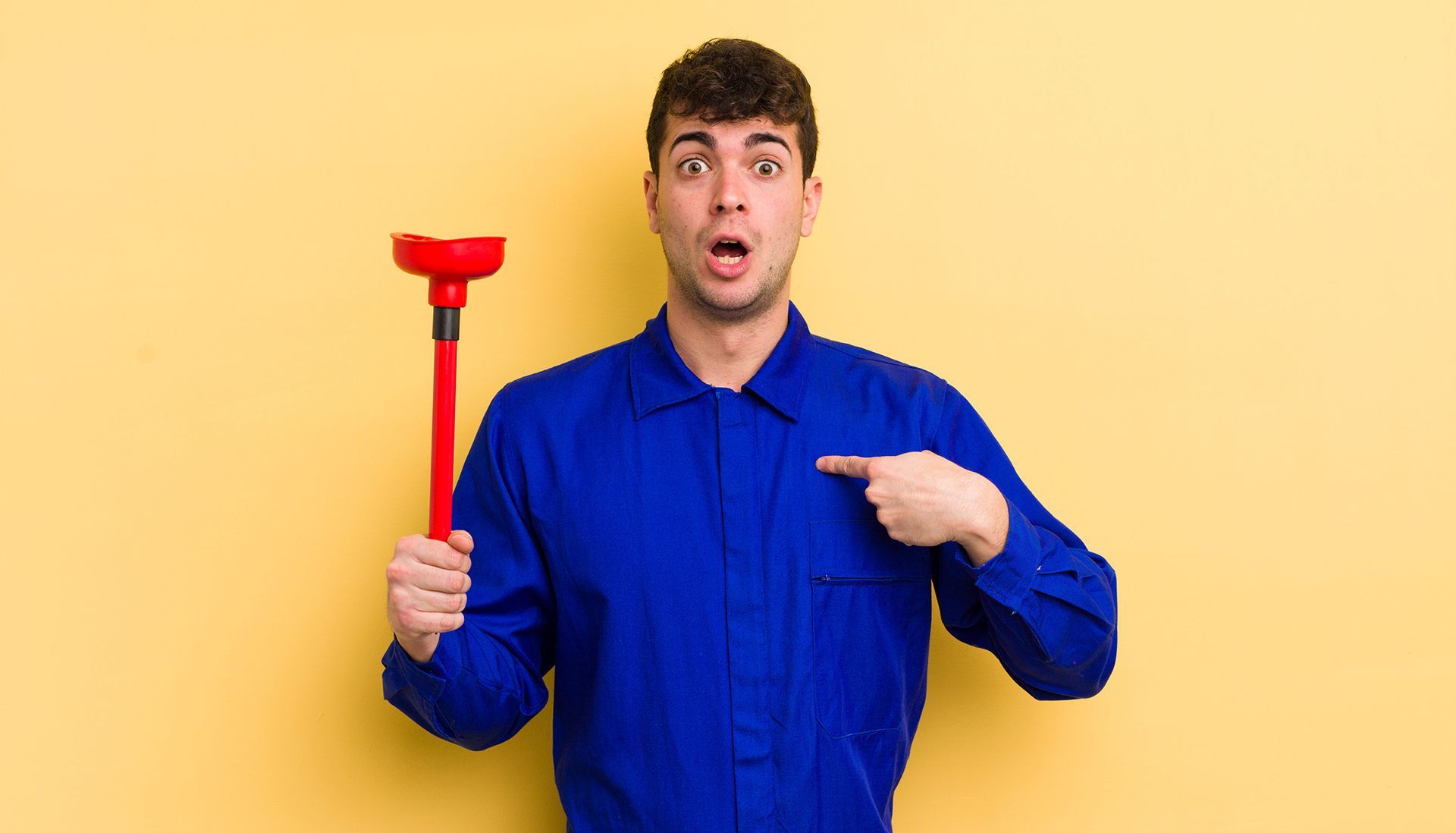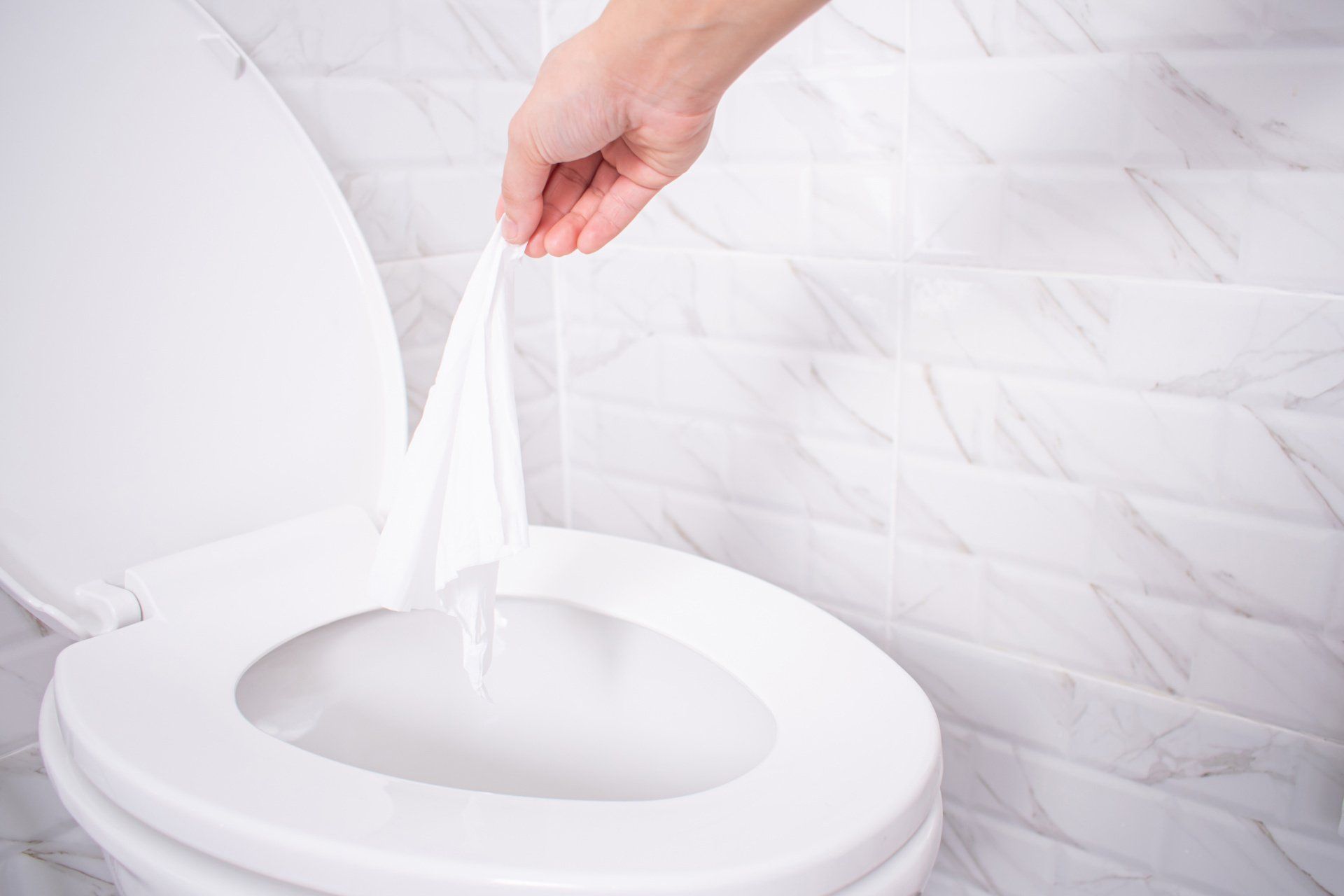Debunking Three Major Plumbing Myths
June 1, 2021

Plumbing is one of those things in life where, if everything seems to be all right, chances are that it probably is. The word “probably,” though, is not a guarantee of anything- and if you’re not careful and attentive, a subtle sign of trouble could build up and become a major problem.
With that said, here are three myths in the plumbing world that we’d like to debunk, once and for all.
Every Faucet Is Bound To Leak Eventually
Yes, this is technically true on the surface, but at the same time, that’s not a green light to write it off as a fact of life and simply ignore your faucet when it does leak. Just because a leaky faucet is a natural stage in its life cycle doesn’t mean it isn’t a signal of something wrong with it when it does happen. In fact, the majority of the time, it means your faucet needs to either be repaired or replaced, or else even bigger problems are headed your way.
For starters, allowing your faucet to leak without taking action to stop it means that water is perennially running. That could translate into you paying a hefty sum of money on your water bill. It could also mean that your water pressure is not what it should be, or that the faucet is coming loose, or any other of a wide variety of potential issues. So if you notice a leaky faucet, don’t dismiss it as a non-problem; address it immediately.
If The Product Says It’s Flushable, It Is
Absolutely not. Products such as “flushable wipes” may claim that they’re flushable, and they may wind up going down your toilet bowl. But that doesn’t mean they won’t cause problems for your pipes once they’re out of your sight. They can even harm the local environment.
Non-biodegradable material can get stuck in your pipes, which will eventually lead to a blockage and a clogged toilet. Maybe not the first time, maybe not the second time, and maybe not the third time, but at some point in time, flushing things down the toilet that should not be flushed down the toilet is going to catch up with you. In other words, if it isn’t toilet paper, it doesn’t belong in your toilet.
If Your Shower Is Draining, It’s Working Perfectly
Sometimes, this is true. Other times, it may not be. Defaulting to assuming this could spell trouble for your plumbing- and your bank account- if you fail to take heed of anything that may seem to be out of the ordinary.
If your shower drain is working, but water is draining slower than it usually does, that is usually an indication that something is clogged and in need of being fixed before the problem worsens. Some people may have a desire to chalk it up to the shower drain’s old age, or simply ignore it- and that’s where the problems can start.
Did you believe one of these myths until it disproved itself at your expense? That’s okay, we all learn- and now you know for the future. In the meantime, let’s get it fixed for you.
You might also like

In today's world, where environmental sustainability is becoming increasingly important, homeowners are seeking ways to make their homes more eco-friendly. While plumbin g may not be the first thing that comes to mind when thinking about energy efficiency, it plays a significant role in creating a greener home. In this blog post, we will explore energy-saving plumbing solutions that can help you reduce water waste, conserve energy, and make your home more environmentally friendly. I. Low-Flow Fixtures: One of the easiest and most effective ways to conserve water is by installing low-flow fixtures throughout your home. Low-flow faucets, showerheads, and toilets are designed to use significantly less water without sacrificing performance. These fixtures can reduce water consumption by up to 50% compared to traditional ones. Upgrading to low-flow fixtures is a cost-effective solution that not only helps the environment but also lowers your water bills. II. Water-Efficient Appliances: Another plumbing solution that can contribute to energy savings is opting for water-efficient appliances. Choosing appliances, such as dishwashers and washing machines, with a high Energy Star rating ensures that they use less water and energy with each use. These appliances are designed to operate efficiently while still providing excellent performance. Upgrading to water-efficient appliances not only reduces your environmental footprint but also helps you save on your utility bills in the long run. III. Efficient Water Heater: Your water heater can account for a significant portion of your overall energy consumption. To improve energy efficiency, consider installing a tankless or on-demand water heater. These systems heat water only when it is needed, eliminating the standby heat loss associated with traditional tank-style heaters. Tankless water heaters provide hot water on demand, reducing energy waste and ensuring you never run out of hot water. Additionally, insulating your water heater and pipes can further improve energy efficiency by minimizing heat loss. IV. Greywater Recycling: Greywater recycling is a sustainable plumbing solution that involves reusing water from sinks, showers, and laundry for non-potable purposes such as irrigation or toilet flushing. By diverting greywater, you can significantly reduce water consumption and minimize the strain on freshwater resources. Implementing a greywater recycling system requires professional expertise, but it can offer substantial long-term benefits for both the environment and your water bills. V. Rainwater Harvesting: Harvesting rainwater is an effective way to conserve water and reduce reliance on municipal water supplies. Installing rain barrels or a more elaborate rainwater harvesting system allows you to collect rainwater from your roof, which can then be used for outdoor irrigation or other non-potable purposes. Utilizing rainwater reduces the strain on municipal water sources during dry spells and contributes to water conservation efforts. VI. Regular Maintenance: Regular plumbing maintenance is essential for maximizing energy efficiency and preventing water waste. Inspect your plumbing system for leaks, dripping faucets, or running toilets and fix any issues promptly. These seemingly minor issues can waste significant amounts of water and increase energy usage over time. Conclusion: By implementing these energy-saving plumbing solutions, you can create a greener and more sustainable home while also reducing utility bills. Consulting with a professional plumber for advice on low-flow fixtures, water-efficient appliances, and other eco-friendly options tailored to your home's needs is highly recommended. Embracing these energy-saving plumbing solutions not only benefits the environment but also enhances your comfort, lowers your expenses, and contributes to a more sustainable future.


